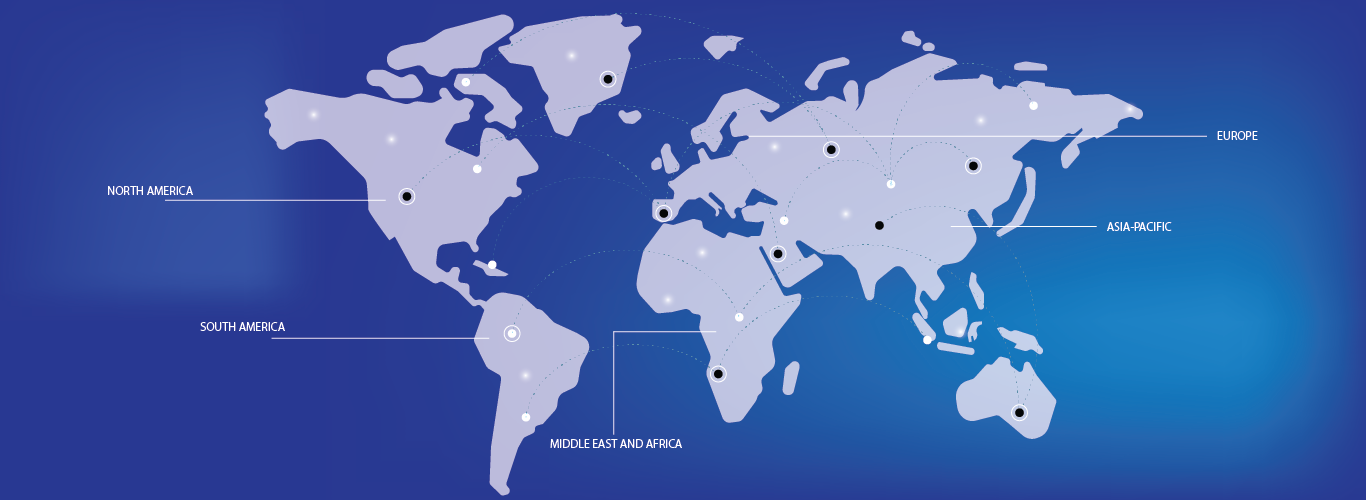According to an article published on National Library of Medicine, the collective number of people affected by rare diseases was equivalent to the population of the world's third largest country. A recent global rare disease prevalence based on 3,585 rare diseases was estimated to be 3.5–5.9% of the world's population, which corresponds to 263 to 446 million people worldwide. The rare disease treatment market is one of the fastest-growing segments in the pharmaceutical industry, fueled by significant advancements in biotechnology, genetic testing, and personalized medicine. As the understanding of rare diseases improves, pharmaceutical companies are focusing more on orphan drugs designed to treat conditions affecting small patient populations. Advancements in biotechnology have enabled the development of biologic therapies, such as monoclonal antibodies, gene therapies, and cell therapies, which are increasingly used to address the unique pathophysiology of rare diseases. The growing emphasis on precision medicine allows for treatments tailored to individual genetic profiles, leading to better outcomes.
Additionally, diagnostic technologies, including next-generation sequencing (NGS), genetic testing, and molecular diagnostics, are improving the accuracy and speed of diagnosing rare diseases, often at earlier stages.




